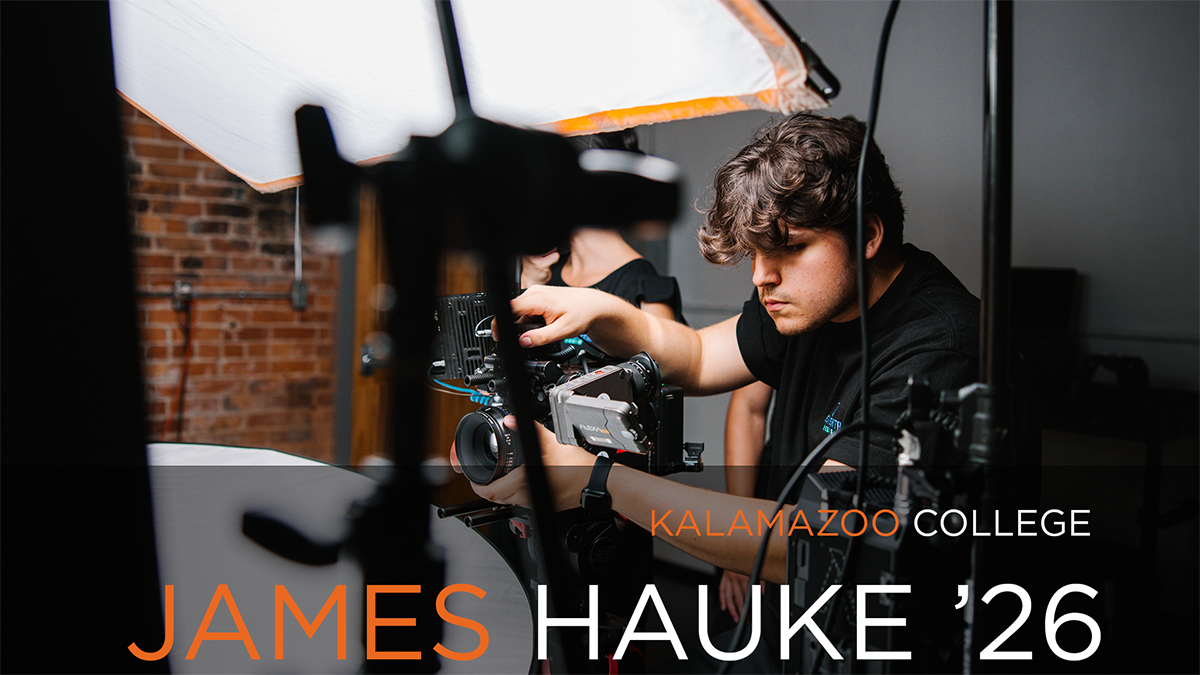Kalamazoo College announced today that it’s launching plans to build new residence halls on its historic campus, a step that reflects the College’s long-term commitment to enhancing student life and academic experiences as detailed in its latest campus master plan.
Construction on the project along West Main Street in Kalamazoo will begin in May of this year and is currently scheduled for occupancy in fall 2027. The buildings will primarily house juniors and seniors and provide space for 218 beds. Progressive Companies is designing the building and Owen-Ames-Kimball is constructing.
“K is a college that offers a top-notch, world-class education,” Vice President for Student Development Malcolm Smith said. “Our students deserve to live in buildings that draw in the academic experience and match that education. When people start to see the pictures and the construction equipment on campus, we think there will be a lot of buzz because construction means investment.”

The new residence halls are part of an effort to meet a growing need for affordable, on-campus housing as off-campus housing costs continue to increase. The growing popularity of an already strong study abroad program also is prompting a demand for on-campus housing each midyear as students return from overseas. Yet Smith notes that there are even more important, tangible benefits to students who reside on campus.
“You see a higher retention rate and therefore a higher graduation rate when students stay on campus,” Smith said. “Students have increased access to resources, community, co-curricular programs, interactions with their peers, the faculty and services. Studies have shown that on-campus living can lead to measurable increases in academic success, critical thinking skills, life-skill development, belongingness and more. There are so many benefits to a full residential model, and we’re trying to recapture that.”
Smith said the additional residence hall space makes it more likely students will stay on campus for four years, while providing students with a “coming home” feel. Student input was sought early in the planning process to capture their needs and hopes for the new facilities.
The fully accessible, barrier-free residence halls will consist of two towers, both four floors high, connected by a common space to create an L shape with universal design. It will provide green space and help form another quad on campus with Crissey and Severn residence halls while maintaining K’s Georgian architectural styles. The common space inside will be accessible to all students and include a community kitchen, a marketplace, a terrace with outdoor seating that faces the community, and a hall lounge suitable for presentations and programming—similar to K’s Olmsted Room in Mandelle Hall.
Privacy will increase for the students living there as occupants move deeper into the building’s village-style living spaces. About 88% of the rooms will be single occupancy and 12% will be double occupancy, to suit the needs of upper-level students.
Passers-by will see carport-like solar panels that will supply electricity to the halls, where a parking lot covers a geo-thermal field, providing heating and cooling to the new halls. K’s nearby Hoop House, a greenhouse used by students for all-season produce production, will stay in its current location. As completion nears, locally sourced furnishings will be installed toward the end of summer 2027.
The cost of the project is expected to be about $55 million with $25 million in funding provided by a 2023 anonymous donation. Energy tax credits estimated at $4.64 million and bonds will also contribute to the financing.
“The last new residence hall was built on campus in 1967,” said President Jorge G. Gonzalez. “A lot has changed since the 1960s and this investment will help meet the modern needs of students while also providing space that can reduce the College’s carbon footprint and operating costs, compared with older facilities. Living on campus plays a vital role in student life, and we are excited for all the ways these new halls will enhance that experience for K students.”
A groundbreaking ceremony for the project is being planned for June.



